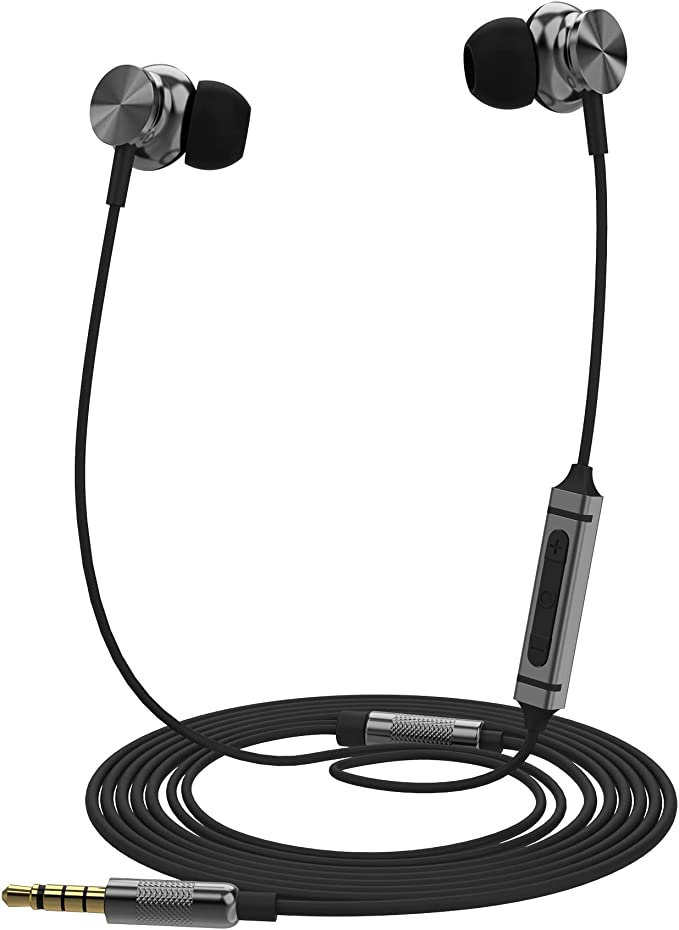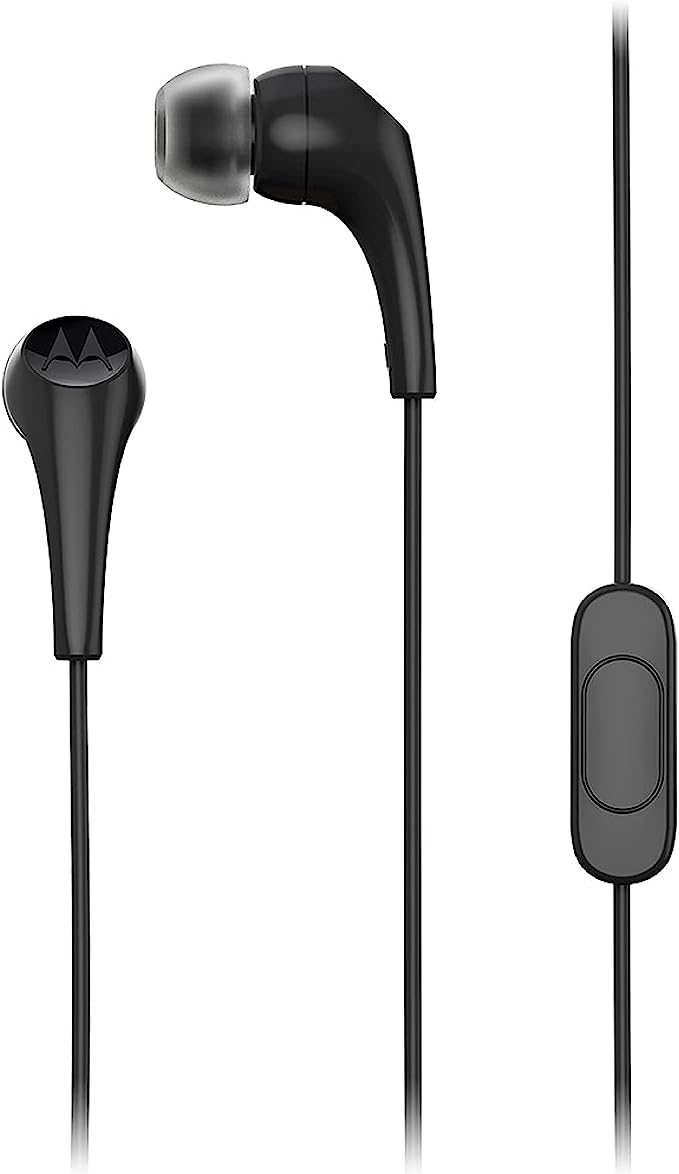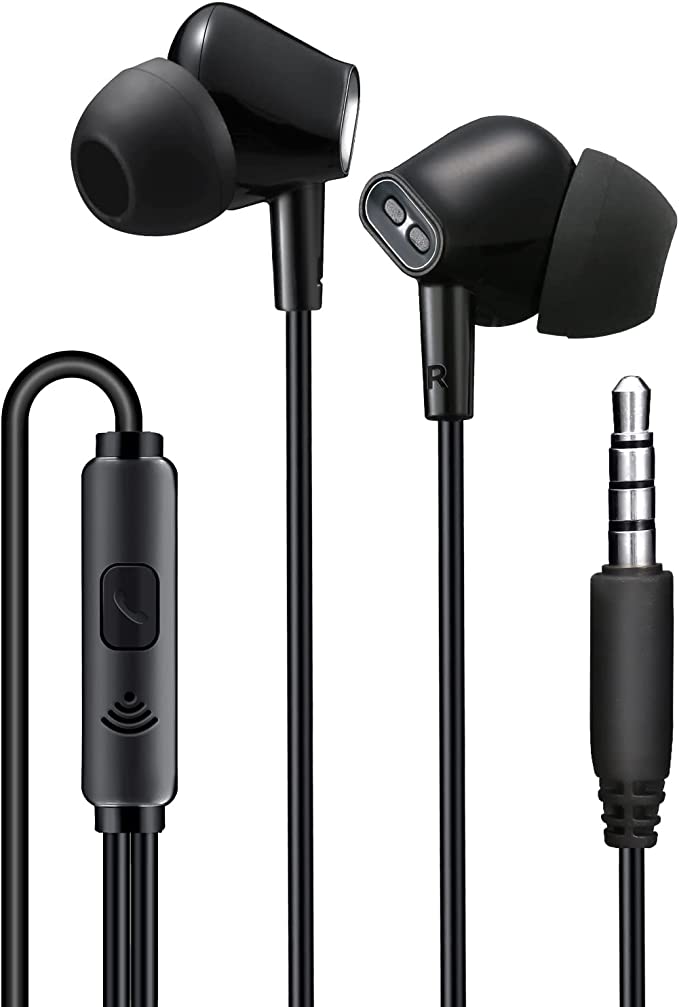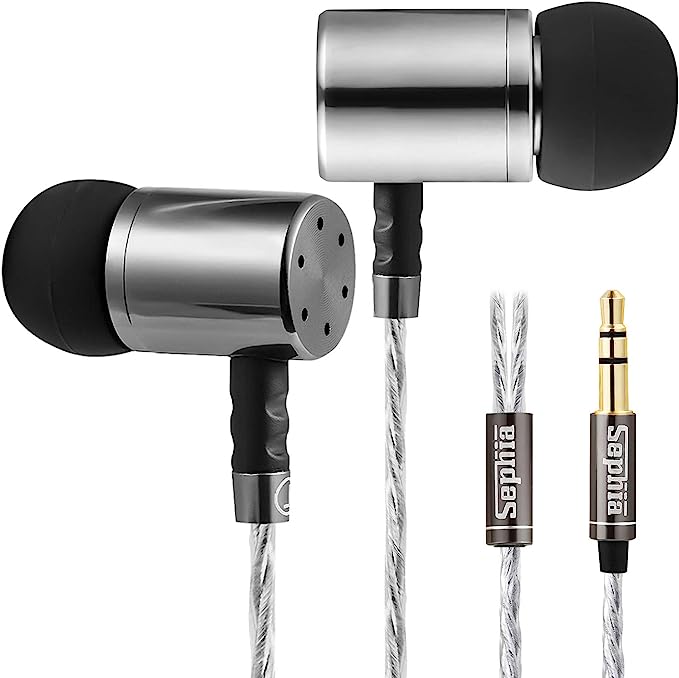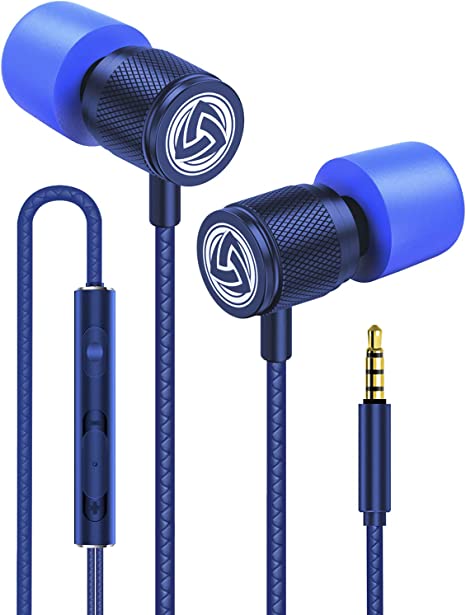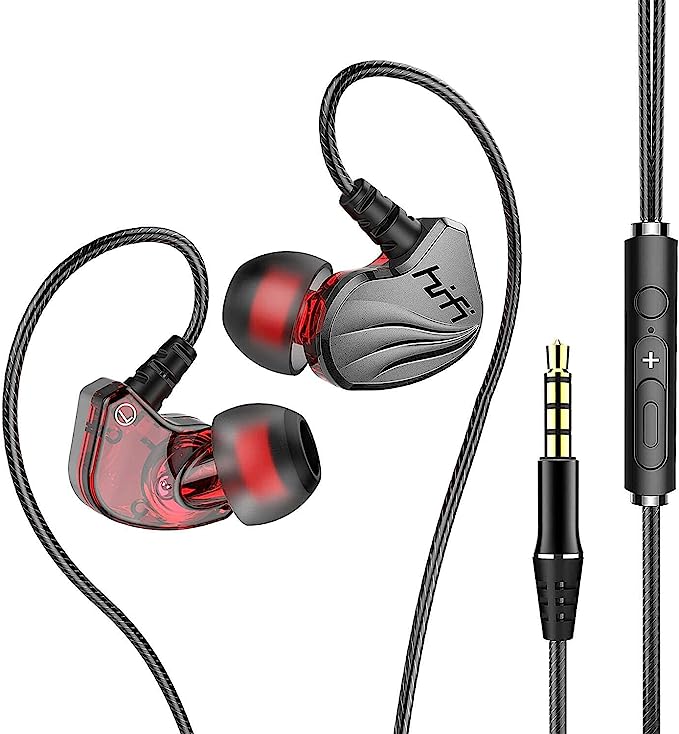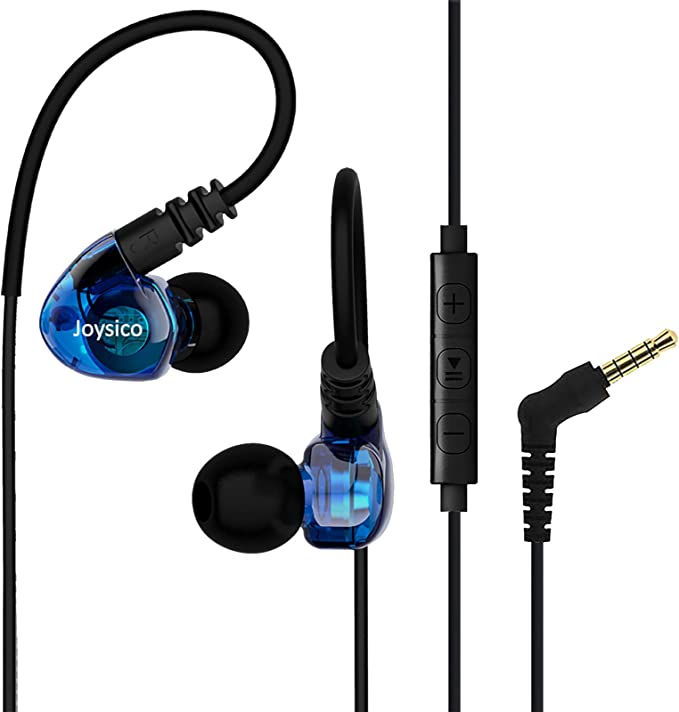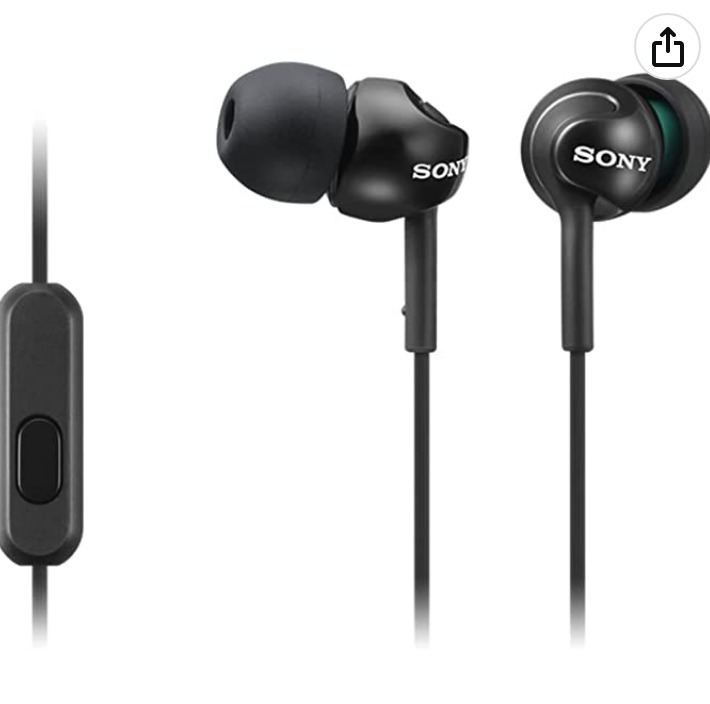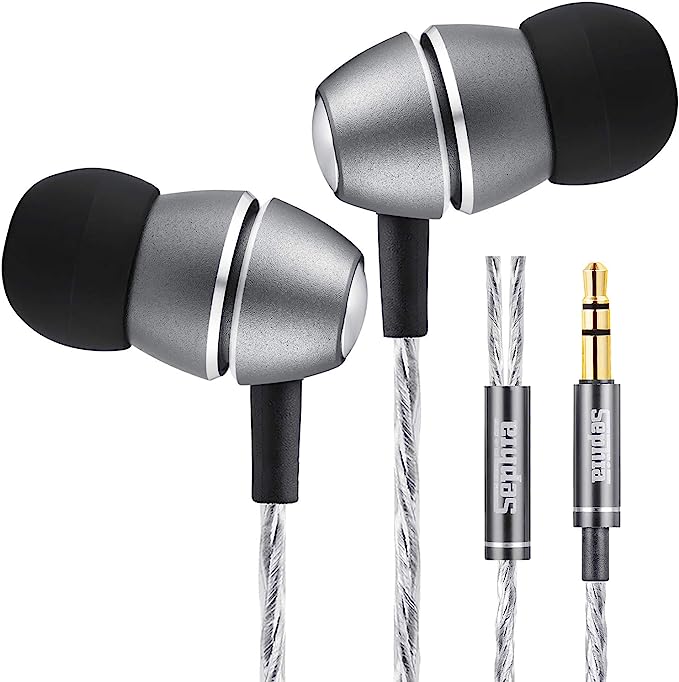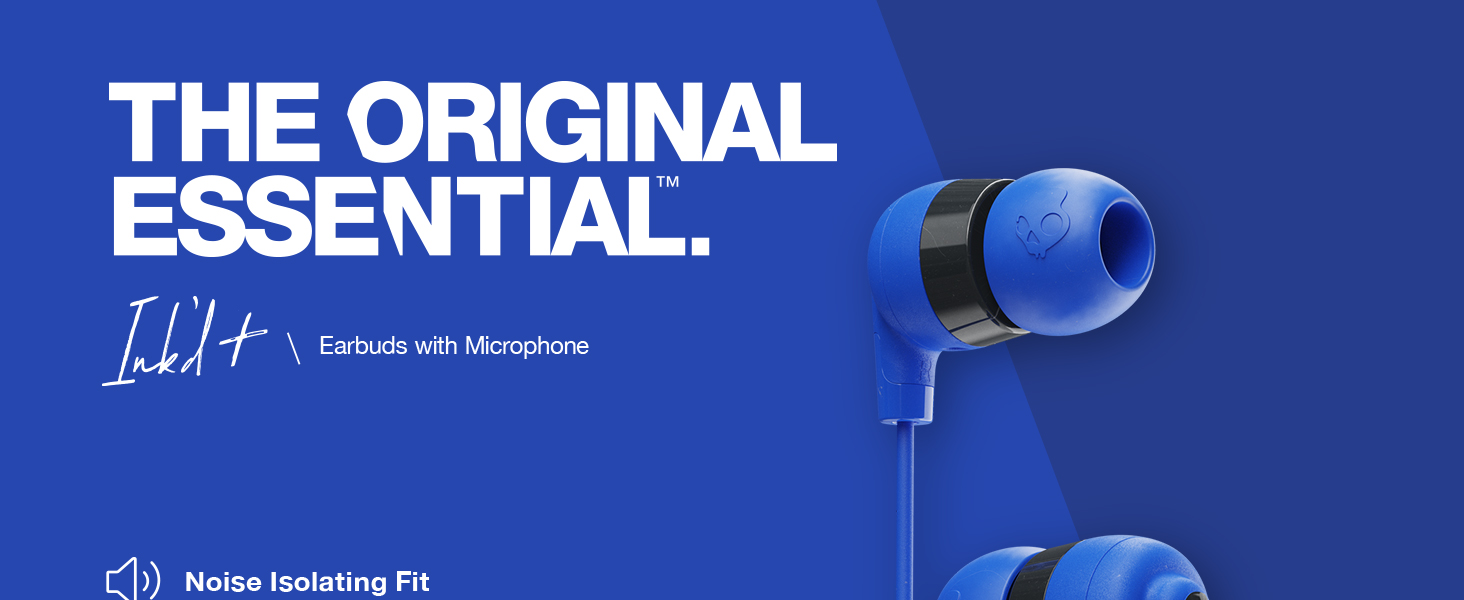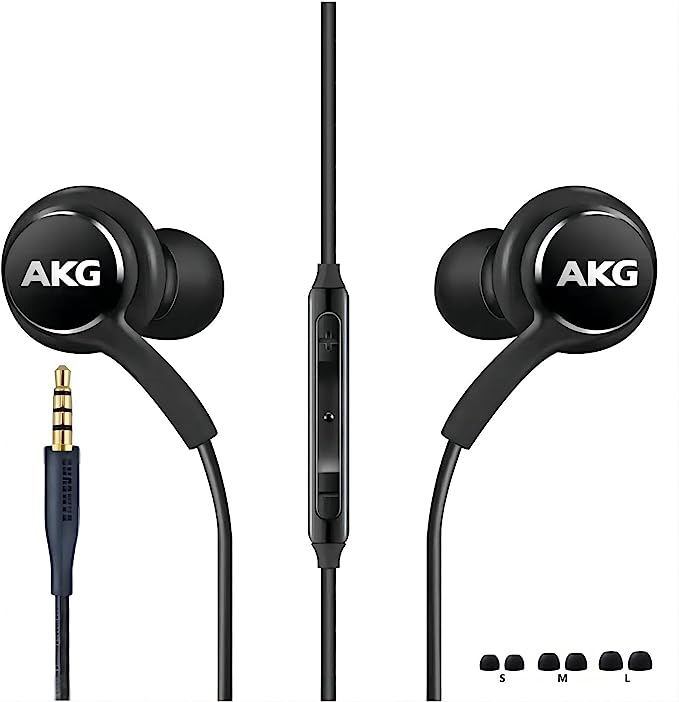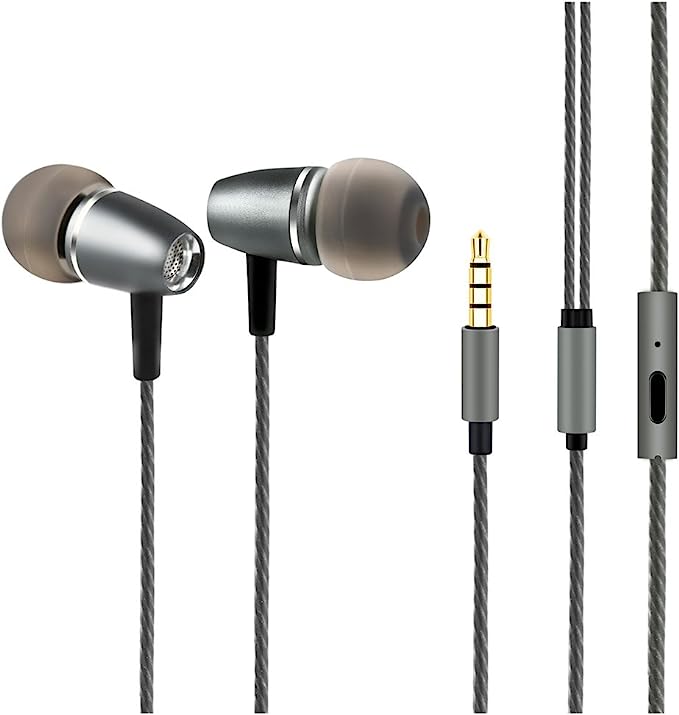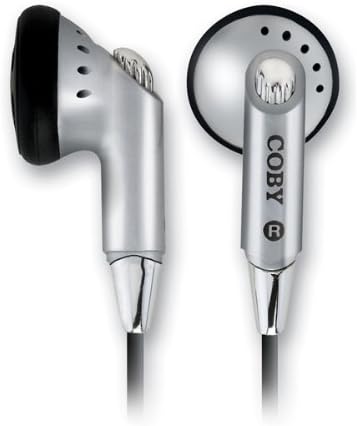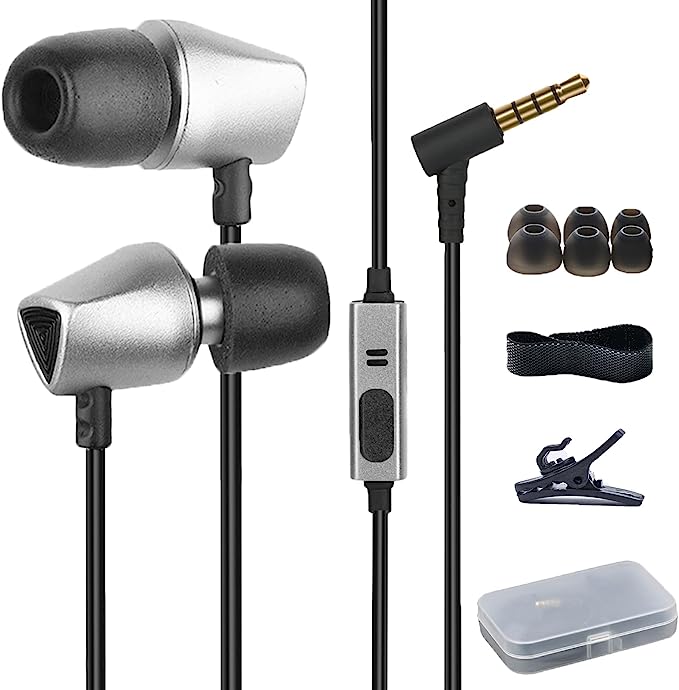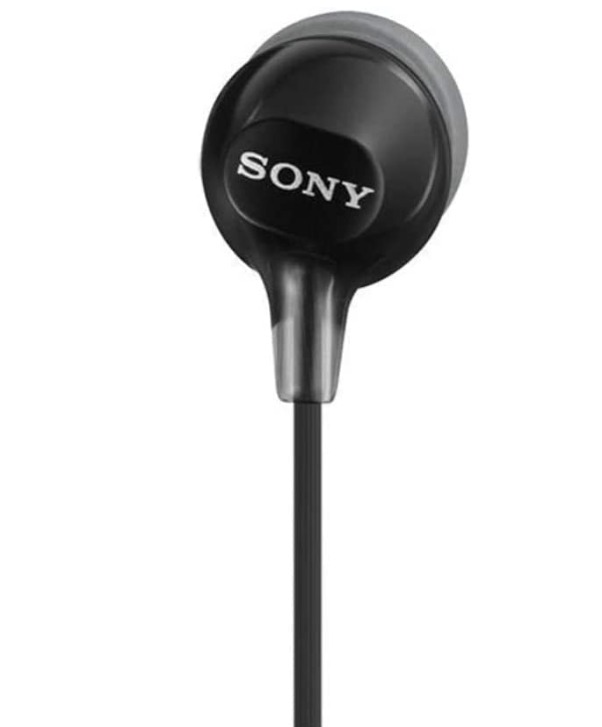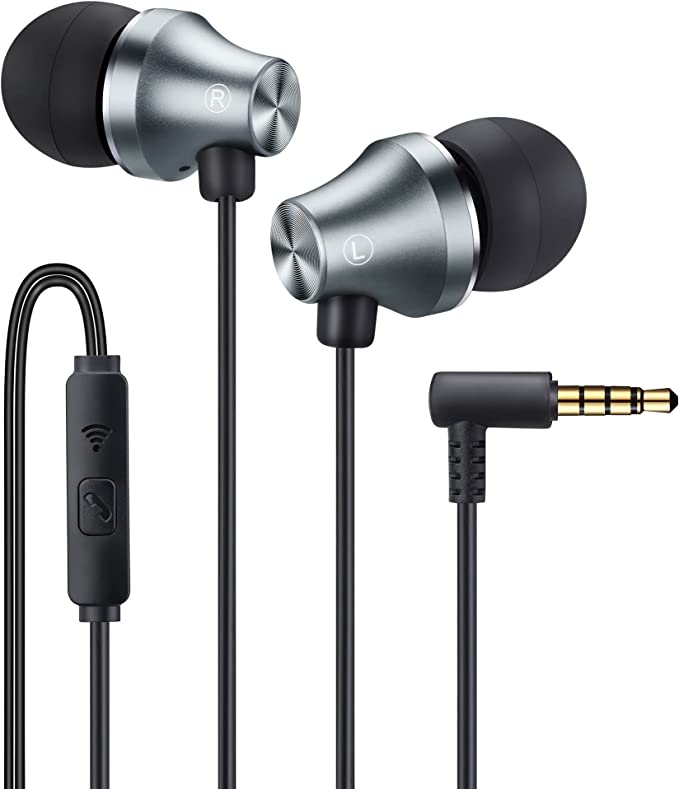Kimwood ME537: The Enduring Science of Wired Sound & How Analog Simplicity Delivers Audio Joy
Update on June 23, 2025, 1:07 p.m.
In our relentless sprint towards a wirelessly tethered future, where every device seems to shed its physical connections like autumn leaves, there’s a quiet comfort, a certain reassuring click, that comes from an old friend: the 3.5mm audio jack. It’s a sentiment many of us share, perhaps a touch of nostalgia mixed with an appreciation for steadfast reliability. And it’s in this spirit that we turn our attention to an unassuming contender like the Kimwood ME537 Wired Earbuds. These aren’t just another pair of inexpensive earphones; they represent a tangible link to a philosophy of sound reproduction that values simplicity, directness, and the enduring power of fundamental science. So, let’s embark on a little journey, shall we? Let’s peel back the layers and explore how classic technology and basic scientific principles intertwine within these earbuds to deliver a surprisingly delightful audio experience, proving that great sound doesn’t always need the latest buzzwords or a hefty price tag.

The Immortal Messenger: Unpacking the Legacy of the 3.5mm Jack
Long before Bluetooth was a twinkle in an engineer’s eye, the world of audio found its most ubiquitous handshake in a cylindrical connector. We’re talking, of course, about the 3.5mm audio jack, though its lineage traces back to the more robust 6.35mm (quarter-inch) plug, a stalwart in early telephone switchboards and professional audio studios since the late 19th century. Imagine the scene: operators manually patching calls, the satisfying thunk of those larger plugs making connections. The science then, as now for its smaller descendant, was rooted in Ohm’s Law – the fundamental relationship between voltage, current, and resistance that governs how electrical signals behave. As technology miniaturized, so did our connectors. The 3.5mm version, often called a “mini-jack,” truly came into its own with the advent of portable audio, most iconically with the Sony Walkman in 1979. Suddenly, your personal soundtrack was as mobile as you were, all thanks to this humble yet ingenious piece of engineering. It became the near-universal language for personal audio, a testament to its elegant simplicity.
But what makes this analog pathway so special, even today? Think of an analog audio signal, like the one coursing through the ME537’s cable, as a continuous, flowing river. The electrical current directly mirrors the shape of the sound waves – the peaks and valleys of the music are translated into corresponding highs and lows in voltage. This is fundamentally different from many digital wireless transmissions, which are more akin to disassembling that river into countless tiny buckets (data packets), sending them across a potentially choppy sea (wireless interference), and then meticulously reassembling them at the other end. While digital has its undeniable conveniences, the analog path championed by the 3.5mm jack offers a certain purity. There’s no complex digital-to-analog conversion happening within the earbuds themselves, reducing a potential source of electronic noise or artifacts. This directness is a cornerstone of what can contribute to “Crystal Clear Audio.”
The Kimwood ME537’s choice to embrace this “old faithful” brings tangible benefits. Firstly, there’s the sheer ease of use: you plug it in, and it works. No pairing rituals, no wondering if your device’s Bluetooth version is compatible. Secondly, no battery anxiety for the earbuds themselves; they draw their modest power needs directly from your phone, tablet, or computer. This ties into broad compatibility – while the newest iPhones and some Android flagships have controversially ditched the port (requiring an adapter, a small but sometimes irksome extra step), a vast universe of devices, from older smartphones and iPads to most laptops and desktop computers, still proudly sport this resilient jack. And critically, a wired connection inherently offers a stable, often interference-resistant signal path. Your music isn’t likely to stutter because someone microwaved popcorn nearby. This is the simple physics of electrical continuity at work – a secure, physical pathway for sound.

Your Personal Concert Hall: The Acoustic Alchemy of In-Ear Design
Now, let’s venture from the cable into the earpieces themselves. The “in-ear” design of the Kimwood ME537 isn’t just about a compact form factor; it’s a deliberate acoustic strategy. When you insert these earbuds, they are designed to create a seal within your ear canal. This seemingly simple act has profound implications for sound quality, primarily through a phenomenon known as passive noise isolation.
Imagine you’re trying to listen to a quiet conversation in a bustling café. Instinctively, you might cup your hands over your ears to better focus on the voices. In-ear earbuds achieve a similar, albeit more refined, effect. By physically blocking a portion of the ear canal’s opening, they reduce the amount of ambient noise from your surroundings that can reach your eardrum. This isn’t the sophisticated (and battery-draining) active noise cancellation that uses microphones and counter-frequencies; it’s basic physics of sound wave obstruction. Less outside noise means your brain can dedicate more of its processing power to the music itself. You don’t have to crank up the volume as much to overcome environmental din, which is also kinder to your hearing in the long run. This focused listening environment is a significant contributor to perceiving intricate details in your audio.
Furthermore, this direct-to-canal delivery system means the sound waves generated by the tiny drivers inside the ME537 have a shorter, more direct path to your eardrum. There’s less opportunity for the sound to reflect off external surfaces or dissipate into the surrounding air before it reaches you. This enhances clarity and can create a more intimate listening experience, almost like the musicians are performing just for you.
And what about that “Powerful Bass” обещание (promise, using a Russian word playfully as if it were a common English loanword, then immediately clarifying) – that promise of impactful low-end? The effectiveness of in-ear headphones in delivering satisfying bass is inextricably linked to that crucial seal. Bass frequencies, by their nature, involve moving larger amounts of air. The tiny speaker drivers (diaphragms) inside the earbuds vibrate rapidly; this is Newton’s Third Law in miniature – for every action (the diaphragm pushing air), there’s an equal and opposite reaction. If the seal with your ear canal is poor, these precious low-frequency waves can “leak out,” resulting in a sound that feels thin or anemic. However, when a good seal is achieved, it creates a closed acoustic chamber. This allows the pressure waves generated by the driver to build up effectively, delivering a bass response that feels fuller, richer, and more physically present. It’s not just about the driver’s capability, but also about the acoustic impedance matching between the earbud and your ear, and the resonant properties of that small, sealed space.

Decoding the Sonic Signature: HiFi, Clarity, and the Stereo Stage
The Kimwood ME537 product page proudly proclaims “HiFi Stereo, Powerful Bass and Crystal Clear Audio.” These aren’t just marketing buzzwords; they point to specific, desirable acoustic qualities that have a basis in science and audio engineering.
Let’s start with HiFi, or High Fidelity. At its core, HiFi is a quest for authenticity. It means the audio equipment – in this case, the ME537 earbuds – aims to reproduce the original sound recording as faithfully as possible, with minimal distortion, coloration, or added noise. It’s about hearing the music as the artist and recording engineer intended, from the subtlest breath of a vocalist to the rich timbre of a cello. This pursuit of low distortion is a fundamental tenet of good audio design.
“Crystal Clear Audio” speaks primarily to the performance in the mid-range and high frequencies. The mid-range is where the magic of vocals, the core tones of guitars, pianos, and many other instruments reside. Clear mids mean these elements sound natural and articulate. High frequencies, often called “treble,” contribute the sparkle, airiness, and fine detail to music – the shimmer of cymbals, the delicate pluck of a harp string, the subtle room ambiance in a recording. Achieving clarity here means the ME537’s drivers are designed to reproduce these frequencies accurately without sounding harsh, tinny, or sibilant (that unpleasant “sss” exaggeration). The clean signal path of a wired connection, as we’ve discussed, plays a vital supporting role by minimizing potential signal degradation that could veil these delicate details. It’s like looking through a perfectly clean window; every nuance of the sonic landscape is visible.
Then there’s the magic of Stereo. Our two ears, working in concert with our brain, allow us to perceive the direction and spaciousness of sound in the world around us – a core principle of binaural hearing. Stereo audio recordings leverage this by using two independent channels (left and right). When played back through earbuds like the ME537, these two distinct signals create an illusion of a three-dimensional sound field, often referred to as the “soundstage.” You can begin to perceive the placement of different instruments across this virtual stage – the drums slightly to the left, the vocals centered, the guitar to the right. It’s the difference between looking at a flat, two-dimensional photograph and stepping into a rich, immersive diorama.

Beyond the Music: The Microphone’s Quiet Work
The inclusion of a microphone transforms the Kimwood ME537 from purely listening devices into versatile communication tools. The science is straightforward: the microphone houses a tiny diaphragm that vibrates in response to sound waves – your voice. These vibrations are then converted into an electrical signal by a transducer (a device that converts one form of energy into another). This electrical signal travels down the cable to your connected phone or computer, allowing you to make calls, participate in online meetings, or issue voice commands to your digital assistant. While the product description doesn’t delve into the specific microphone technology used, its presence significantly enhances the earbuds’ utility in our interconnected daily lives, making them a practical companion for more than just music.
Interlude: The Beauty of Transparency and Simplicity
It’s worth a brief nod to the “Clear” color variant of the ME537. While primarily an aesthetic choice, transparent casings on electronic devices have a certain appeal. They offer a literal window into the technology, a small glimpse of the intricate components working together. It can evoke a sense of honesty in the design, and for some, a touch of retro-cool reminiscent of the transparent tech trend of the 80s and 90s.
Beyond the visual, there’s an undeniable elegance in the simplicity of a wired connection. There are no pairing rituals to navigate, no apps to install for basic functionality, and crucially, no separate battery in the earbuds themselves that you need to remember to charge. It’s a refreshingly unburdened experience: just plug in, and the sound flows. This return to basics can be a welcome respite in a world increasingly cluttered with complex wireless protocols and charging routines.

Finale: When Science Meets Your Ears – The Wisdom of Value
So, how does all this science and history translate into the experience offered by the Kimwood ME537, especially considering its accessible price point of around $13.99? This is where the wisdom of leveraging mature, well-understood technologies comes to the fore. By focusing on the proven reliability of the 3.5mm analog connection, the inherent acoustic advantages of a properly implemented in-ear design, and drivers engineered to deliver on the fundamental promises of HiFi, clear mids/highs, and satisfying bass, Kimwood demonstrates that a genuinely pleasing audio experience doesn’t require reinventing the wheel or employing exotic, costly materials.
This is the essence of true value: it’s not merely about being inexpensive, but about smart, informed design choices that deliver tangible benefits to the listener. The ME537 earbuds serve as a reminder that the pursuit of good sound doesn’t always necessitate chasing the latest, most expensive trends. Sometimes, the most profound enjoyment comes from well-executed fundamentals.
Ultimately, the science and history are fascinating, but the true test is in the listening. So, perhaps this exploration will inspire you to plug in a pair of wired earbuds, whether it’s the ME537 or another trusty companion. Cue up a well-recorded acoustic track, listen for the delicate decay of a guitar note, the natural timbre of a voice, or the subtle ambiance of the recording space. Or try a podcast and appreciate the clarity of the spoken word. Rediscover the simple, unadulterated joy of good, clear sound, and trust your own ears to guide you. The enduring whisper of analog audio, carried faithfully by that humble 3.5mm jack, still has much to offer.
